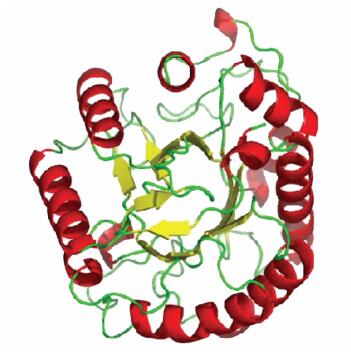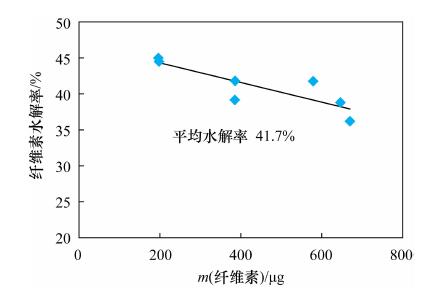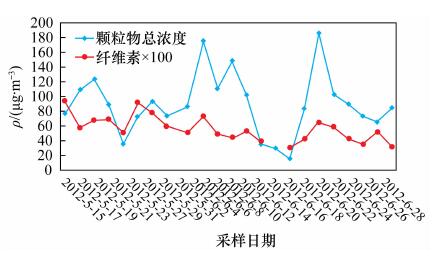| [1] |
董凤鸣,莫运政,李国星,胥美美,潘小川.大气颗粒物(PM10/PM2.5)与人群循环系统疾病死亡关系的病例交叉研究[J].北京大学学报(医学版).网络出版地址: http://www.cnki.net/kcms/detail/11.4691.R.20130530.0849.001.html [2013-05-30].
Google Scholar
|
| [2] |
谭吉华,赵金平,段菁春,马永亮,贺克斌,杨复沫.广州秋季灰霾污染过程大气颗粒物有机酸的污染特征[J].环境科学, 2013, 34 (5): 1982-1987.
Google Scholar
|
| [3] |
唐傲寒,赵婧娴,韩文轩,刘学军.北京地区灰霾化学特性研究进展[J].中国农业大学学报,2013, 18(3):185-191.
Google Scholar
|
| [4] |
He K, Yang F, Ma Y, Zhang Q, Yao X, Chan C K, Cadle S, Chan T, Mulawa P. The characteristics of PM2.5 in Beijing, China [J]. Atmospheric Environment, 2001, 35: 4959-4970. doi: 10.1016/S1352-2310(01)00301-6
CrossRef Google Scholar
|
| [5] |
Zappoli S, Andracchio A, Fuzzi S, Facchini M C, Gelencser A, Kiss G, Krivacsy Z, Molnar A, Meszaros E, Hansson H C, Rosman K, Zebuhr Y. Inorganic, organic and macromolecular components of fine aerosol in different areas of Europe in relation to their water solubility [J].Atmospheric Environment,1999,33: 2733-2743. doi: 10.1016/S1352-2310(98)00362-8
CrossRef Google Scholar
|
| [6] |
Matthias-Maser S, Jaenicke R. The size distribution of primary biological aerosol particles with radii >0.2 mm in an urban/rural influenced region [J]. Atmospheric Research, 1995, 39: 279-286. doi: 10.1016/0169-8095(95)00017-8
CrossRef Google Scholar
|
| [7] |
Andreae M O.Biomass Burning: Its History, Use and Distribution and Its Impact on Environmental Quality and Global Climate [M]//Levine J S.Global Biomass Burning: Atmospheric, Climatic and Biospheric Implications. Cambridge: MIT Press, 1991: 3-21.
Google Scholar
|
| [8] |
Sicre M A, Marty J C, Saliot A.Aliphatic and aromatic hydrocarbons in different sized aerosols over the Mediterranean Sea: Occurrence and origin [J].Atmospheric Environment, 1987, 21(10): 22-47.
Google Scholar
|
| [9] |
何凌燕,胡敏,黄晓锋,张远航.北京大气气溶胶PM2.5中的有机示踪化合物[J].环境科学学报,2005,25 (1): 23-29.
Google Scholar
|
| [10] |
Pacini E.Anther and pollen ripening to pollen presentation [J].Plant Systematics and Evolution, 2000, 222: 19-43. doi: 10.1007/BF00984094
CrossRef Google Scholar
|
| [11] |
Lewis D, Smith D.Sugar alcohols (polyols) in fungi and green plants. Ⅰ: Distribution, physiology and metabolism [J]. New Phytologist, 1967, 66: 143-184. doi: 10.1111/nph.1967.66.issue-2
CrossRef Google Scholar
|
| [12] |
Claeys M, Graham B, Vas G. Formation of secondary organic aerosols through photooxidation of isoprene [J]. Science, 2004, 303: 1173-1176. doi: 10.1126/science.1092805
CrossRef Google Scholar
|
| [13] |
Rogge W F, Hildemann L M, Mazurek M A, Cass G R, Simoneit B R T. Sources of fine organic aerosol. 4. Particulate abrasion products from leaf surfaces of plants [J]. Environmental Science and Technology, 1993, 27: 2700-2711. doi: 10.1021/es00049a008
CrossRef Google Scholar
|
| [14] |
Puxbaum H, Tenze-Kunit M. Size distribution and seasonal variation of atmospheric cellulose [J]. Atmospheric Environment, 2003, 37: 3693-3699. doi: 10.1016/S1352-2310(03)00451-5
CrossRef Google Scholar
|
| [15] |
Sánchez-Ochoa A, Kasper-Giebl A, Puxbaum H, Gelencser A, Legrand M, Pio C.Concentration of atmospheric cellulose: A proxy for plant debris across a west-east transect over Europe[J].Journal of Geophysical Research,2007,112,D23S08. doi: 10.1029/2006jd008180.
Google Scholar
|
| [16] |
Cerqueira M, Marques D, Caseiro A, Pio C. Experi-mental evidence for a significant contribution of cellulose to indoor aerosol mass concentration [J].Atmospheric Environment, 2010, 44: 867-871. doi: 10.1016/j.atmosenv.2009.11.043
CrossRef Google Scholar
|
| [17] |
Kunit M, Puxbaum H. Enzymatic determination of the cellulose content of atmospheric aerosols [J]. Atmospheric Environment, 1996, 30: 1233-1236. doi: 10.1016/1352-2310(95)00429-7
CrossRef Google Scholar
|
| [18] |
Butler G W, Bailey R W. Chemistry and Biochemistry of Herbage (Volume Ⅰ) [M]. New York: Academic Press, 1973.
Google Scholar
|
| [19] |
欧阳平凯,陈茺,陈育如.木质纤维素原料浓酸水解动力学研究[J].林产化学与工业, 1993, 13 (1): 77-82.
Google Scholar
|
| [20] |
王林风,程远超.硝酸乙醇法测定纤维素含量[J].化学研究, 2011, 22(4): 52-55.
Google Scholar
|
| [21] |
Browning B L, Bublite I O. The isolation of holocell-ulose from wood [J].Tappi, 1953, 36(10): 452-458.
Google Scholar
|
| [22] |
Caserio A. Chemical Composition of the European Aerosol [D].Portugal: University of Aveiro, 2008.
Google Scholar
|
| [23] |
Zhang T, Claeys M, Cachier H, Dong S P, Wang W, Maenhaut W, Liu X D. Identification and estimation of the biomass burning contribution to Beijing aerosol using levoglucosan as a molecular marker [J]. Atmospheric Environment, 2008, 42: 7013-7021. doi: 10.1016/j.atmosenv.2008.04.050
CrossRef Google Scholar
|
| [24] |
胡敏.北京大气细粒子和超细粒子理化特征、来源及形成机制[M].北京:科学出版社, 2009.
Google Scholar
|



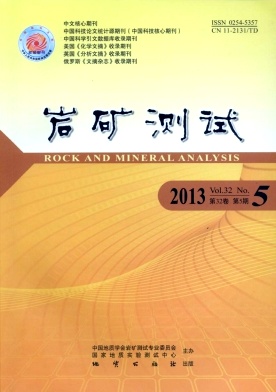

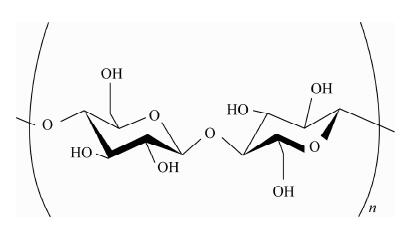

 DownLoad:
DownLoad:
